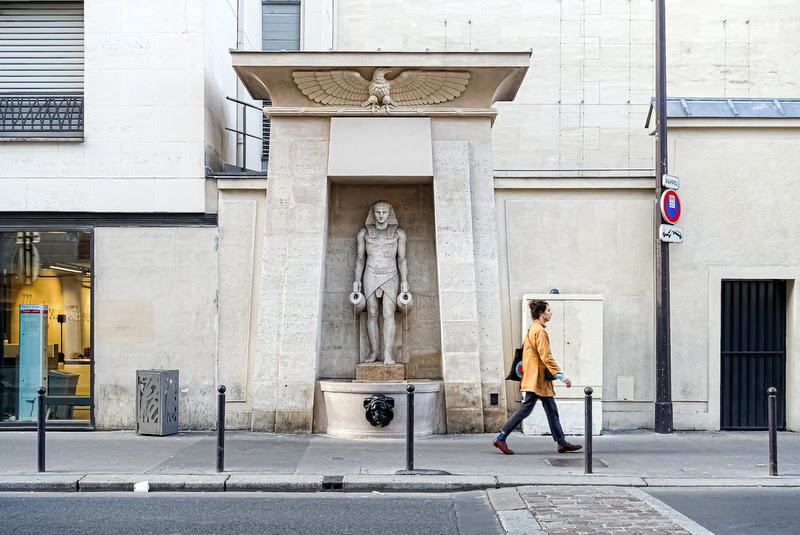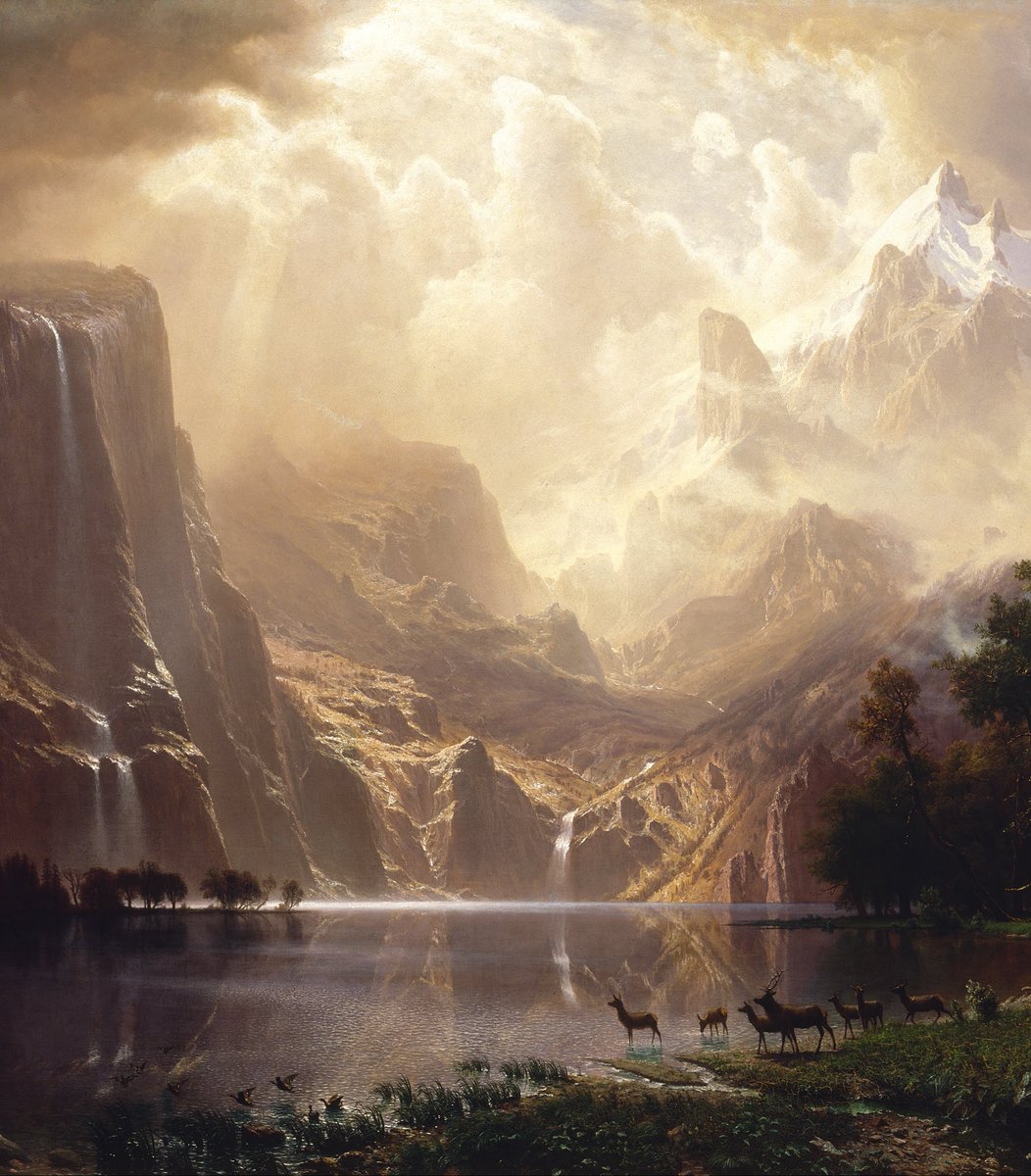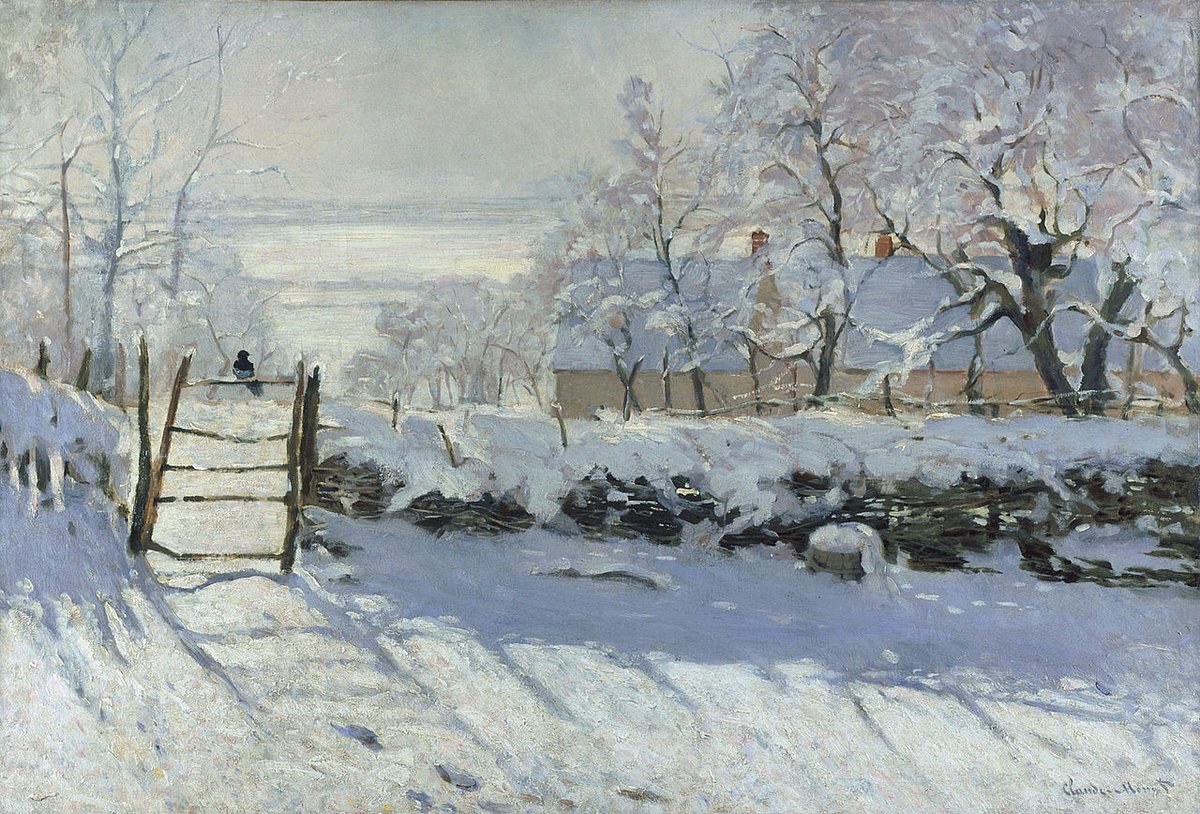When you think of "Georgian Architecture" you probably picture something like this: Park Crescent in London, designed by John Nash in 1812.
But what is Georgian Architecture? Where did it come from? Why is it even called that? And is it still relevant?
But what is Georgian Architecture? Where did it come from? Why is it even called that? And is it still relevant?

Its name comes from the fact that this style was popular in Britain during the Georgian Era — the consecutive reigns of kings George I, George II, George III, and George IV, from 1714 to 1830.
But Georgian Architecture both predates and outlived that era.
But Georgian Architecture both predates and outlived that era.

The story begins in 15th century Italy: the Renaissance is underway.
Scholars and artists are bringing the architecture of Ancient Rome back to life. They read the treatise of Vitruvius and start designing buildings according to his rules of proportion, form, and decoration.
Scholars and artists are bringing the architecture of Ancient Rome back to life. They read the treatise of Vitruvius and start designing buildings according to his rules of proportion, form, and decoration.

In the 16th century a man called Andrea Palladio developed a new form of this neoclassical architecture and published a treatise about it.
His style was restrained and almost austere. Palladio focussed on basic geometric forms, perfect symmetry, simple harmony, and white walls.
His style was restrained and almost austere. Palladio focussed on basic geometric forms, perfect symmetry, simple harmony, and white walls.

This Palladian style was immensely popular, but it was succeeded in mainland Europe by the Baroque.
Enter Inigo Jones, an English architect who travelled to Italy in the early 17th century, learnt Italian, read Palladio's work, studied his buildings, and fell in love.
Enter Inigo Jones, an English architect who travelled to Italy in the early 17th century, learnt Italian, read Palladio's work, studied his buildings, and fell in love.

When Inigo Jones returned to England he was commissioned to design a new house for Anne of Denmark, wife of King James I, in 1616.
The Queens House was completed in 1638; what a contrast it makes with the Late Gothic architecture of Tudor England!
The Queens House was completed in 1638; what a contrast it makes with the Late Gothic architecture of Tudor England!

Inigo Jones went on to design several more landmark neoclassical buildings in Britain, and all of them have that trademark Palladian simplicity.
Just compare the ornateness and complexity of the Baroque Style then popular in Europe with his church in Covent Garden:
Just compare the ornateness and complexity of the Baroque Style then popular in Europe with his church in Covent Garden:

There was a brief English Baroque phase in the late 17th century, led by Christopher Wren and Nicholas Hawksmoor, who jointly rebuilt London in the decades after the Great Fire of 1666.
St. Paul's Cathedral was the zenith of this English Baroque style.
St. Paul's Cathedral was the zenith of this English Baroque style.

But Jones' Palladian style endured, and as the 18th century wore on — during the reign of the four consecutive Georges — his work inspired a generation of architects.
Like Colen Campbell, whose treatise "Vitruvius Britannicus" decried Baroque in favour of Palladianism.
Like Colen Campbell, whose treatise "Vitruvius Britannicus" decried Baroque in favour of Palladianism.

But this "Neo-Palladian" style soon transformed into something else — Georgian Architecture was born: simple, boxy, classical, covered in white stucco.
Over the next century the streets of Britain were filled with buildings like Carlton House Terrace, designed by John Nash.
Over the next century the streets of Britain were filled with buildings like Carlton House Terrace, designed by John Nash.

Georgian Architecture was the go-to style for all buildings, whether the country manors of the aristocracy or houses in cities, along with all public and civic architecture.
And it was a flexible style that could be built cheaply; bricks would do just fine — no need for marble.
And it was a flexible style that could be built cheaply; bricks would do just fine — no need for marble.

The semi-detached house was also born in the 18th century, and though we can't quite call this public housing, Georgian Architecture lent itself to the large-scale construction of housing.
A simple design, easily replicable, and suited to high density residential areas.
A simple design, easily replicable, and suited to high density residential areas.

Perhaps the zenith of Georgian Architecture was the city of Bath.
For a time it was more fashionable than London itself, and thus its streets were graced with projects like the King's Circus and the Royal Crescent, designed by John Wood the Younger.


For a time it was more fashionable than London itself, and thus its streets were graced with projects like the King's Circus and the Royal Crescent, designed by John Wood the Younger.


It was toward the mid-19th century that Georgian Architecture finally waned, largely thanks to the Gothic Revival.
Gone were the simple facades of Jones, Nash, and Wood; led by the likes of Pugin, Ruskin, and Scott, a new age of pinnacles, crockets, and gargoyles had arisen.
Gone were the simple facades of Jones, Nash, and Wood; led by the likes of Pugin, Ruskin, and Scott, a new age of pinnacles, crockets, and gargoyles had arisen.

You can perhaps see why some were critical of Georgian Architecture.
There could be something oppressive about its simplicity, its lack of variation, its rows of box-shaped houses.
William Morris rather summed up this sentiment.


There could be something oppressive about its simplicity, its lack of variation, its rows of box-shaped houses.
William Morris rather summed up this sentiment.


But Georgian Architecture did not disappear during the Gothic Revival.
That old, tested, time-honoured style endured; the Victorians themselves built a great deal of architecture which can be hard to distinguish from the terraces of the Georgian Era.
That old, tested, time-honoured style endured; the Victorians themselves built a great deal of architecture which can be hard to distinguish from the terraces of the Georgian Era.

And Georgian Architecture outlived the Gothic Revival! It has also survived longer than Art Nouveau, Art Deco, and even Brutalism and the so-called "International Style" of the Bauhaus.
All these movements have come and gone...
All these movements have come and gone...

But Georgian Architecture endures — it is the standard choice for what has been called "new classical architecture".
Consider Poundbury, or the Maitland Robinson Library, or any number of "Mock Georgian" newbuilds.
All of these have been built in the last 30 years.



Consider Poundbury, or the Maitland Robinson Library, or any number of "Mock Georgian" newbuilds.
All of these have been built in the last 30 years.



Or even these new houses in London.
They are perhaps better described as a loose adaptation of Georgian Architecture, but in their fundamentals they are very much aligned with the principles of the late 18th and early 19th centuries.
They are perhaps better described as a loose adaptation of Georgian Architecture, but in their fundamentals they are very much aligned with the principles of the late 18th and early 19th centuries.

The simplicity of Georgian Architecture is what has made it so enduring: it is not complicated and does not require excessive work, neither the ornamentation of Baroque or rich materials of Art Nouveau.
But what it does have is a minimum level of aesthetic consideration.
But what it does have is a minimum level of aesthetic consideration.

A great deal of modern architecture would, with the addition of a few simple pediments and white paint, along with the application of some basic rules of proportion, become Georgian.
Could Georgian Architecture be the future of modern housing design?
Could Georgian Architecture be the future of modern housing design?

• • •
Missing some Tweet in this thread? You can try to
force a refresh

 Read on Twitter
Read on Twitter





















